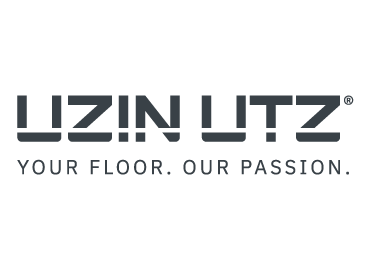Trusting proven solutions for future growth
The successful implementation of Contentserv at Rothenberger AG provided compelling evidence for RUKO to adopt the same reliable solution. This prior success story enabled RUKO to leverage valuable insights, resulting in a faster implementation process and significantly reduced costs. The cloud-based PIM/DAM solution not only streamlines data management but also equips RUKO with robust capabilities to adapt and thrive in a competitive landscape. With enhanced flexibility for future scaling, RUKO can now confidently position itself for growth, ensuring it meets the evolving demands of its customers while maintaining high-quality product data across all channels.
The Contentserv PIM solution provides great flexibility in data generation, with users managing an impressive amount of data (2,400,000 attributes, 24,000 references, and 172,000 ean/UPC barcodes). Export procedures integrated into the solution speed up the automatic creation and editing of catalogs and web pages, allowing Lacoste to export up to 40,000 items daily. Users can then assemble images, technical attributes, and prices by simply dragging and dropping them onto dynamic models subject to pre-established rules.
Other significant advances include the ease of creating new attributes such as information that allows consumers to refine their choices and maximize their shopping experience. This process used to take several months and now takes only 2 or 3 weeks. Furthermore, as fashion is governed by seasons, it is necessary to reconfigure entire offerings every six months. The Contentserv PIM solution allows Lacoste to maintain the attributes (about 300 per product) of the models that remain on sale, and thus, avoids rebuilding the catalog from scratch.






